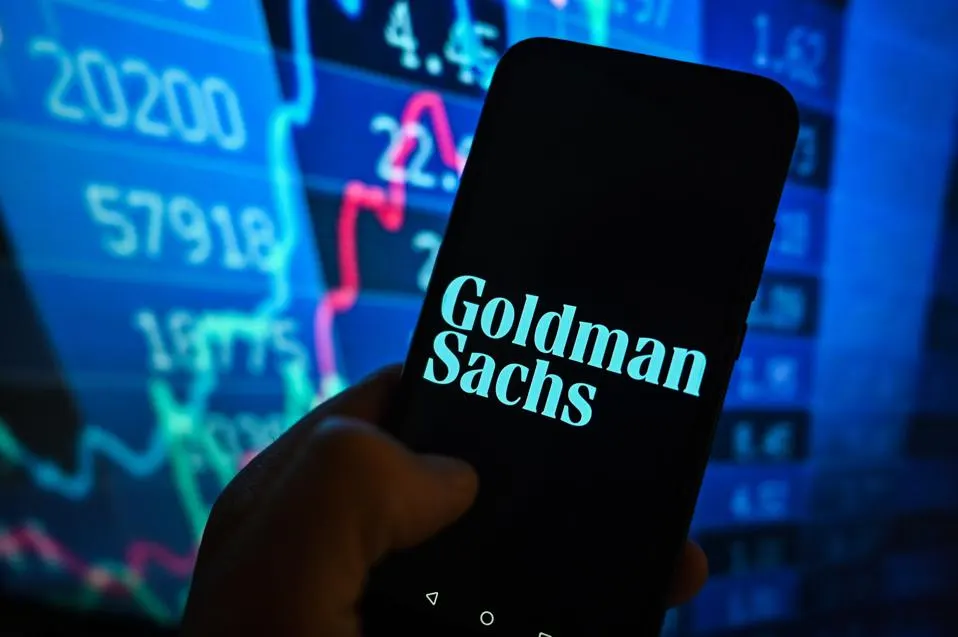
In the rapidly evolving crypto landscape, skepticism from traditional finance experts often triggers a wave of condemnation from the crypto community. This pattern has been evident in the recent backlash against Sharmin Mossavar-Rahmani, the Chief Investment Officer at Goldman Sachs Asset & Wealth Management, following her remarks in a Wall Street Journal interview. Instead of joining the choir of critics, it’s worth attempting to understand and even defend her perspective, despite profound disagreements with most of her assertions. Embracing opposing views can fortify our advocacy for crypto and lower frustration levels, serving as both a mental exercise and a path to greater well-being.
Unpacking Mossavar-Rahmani’s Commentary
Mossavar-Rahmani, boasting an impressive 31-year tenure at Goldman Sachs, commands respect for her investment acumen. It’s crucial to note that her opinions reflect the stance of the Asset & Wealth Management Division, not the entirety of Goldman Sachs, which engages with crypto through its Sales & Trading and Investment Banking divisions.
The critique from the crypto media suggesting that Goldman Sachs is facing backlash due to her comments likely overstates the impact. Goldman Sachs, with its vast client base, is unlikely to pivot based on crypto community reactions, and its clients interested in crypto can easily seek exposure elsewhere.
Dissecting the Criticisms
- Investment Asset Class: Mossavar-Rahmani’s claim that crypto does not constitute an investment asset class could be rooted in the current regulatory ambiguity surrounding digital assets in the U.S. This viewpoint might stem from a stringent interpretation of what constitutes an asset class, particularly regarding regulatory standards and the diverse nature of cryptocurrencies.
- Valuation Challenges: The assertion that cryptocurrencies cannot be valued in a traditional sense highlights the stringent regulatory and bureaucratic environment of traditional investment advisories. While crypto valuation remains a complex issue, it doesn’t negate bullish or bearish stances within the crypto market.
- Creation of Value: The statement that crypto “creates absolutely no value in any shape or form” is more challenging to defend. This perspective may overlook the utility and services offered by various crypto assets. However, it possibly reflects a traditional view of value as something tangible or quantifiable.
- Decentralization and Control: Acknowledging the centralization of decision-making in some crypto networks is a fair critique, though it simplifies the ongoing efforts toward greater decentralization in the blockchain space.
- Physicality and Value Storage: Comparing crypto to gold regarding physical possession overlooks the tangible benefits and utilities provided by cryptocurrencies and blockchain technology.
Understanding Diverse Perspectives
- Regulatory and Bureaucratic Constraints: Traditional finance operates under strict regulatory scrutiny, influencing investment strategies and risk assessments.
- Evolving Definitions of Value: The concept of value is multifaceted, extending beyond tangible outputs to include utility, access, and innovation.
- Debates on Decentralization: The crypto ecosystem is actively exploring the balance between centralization for efficiency and decentralization for autonomy and security.
Understanding and responding to criticisms like those from Mossavar-Rahmani can strengthen the crypto community’s ability to advocate effectively. It prompts a deeper exploration of the core values and potentials of cryptocurrency and blockchain technology. Moreover, it encourages ongoing dialogue and education to bridge the gap between traditional finance and the emerging digital asset world.
| Aspect | Commentary | Consideration |
|---|---|---|
| Investment Asset Class | Questioning crypto’s status due to regulatory standards | Highlights the need for clearer regulations |
| Valuation | Challenges in assigning traditional value to crypto | Encourages innovative valuation models |
| Creation of Value | Skepticism on crypto’s utility and services | Underscores the diversity and utility of crypto assets |
| Decentralization | Concerns over the centralization of decisions | Reflects ongoing efforts towards greater decentralization |
| Physicality and Value | Comparison to tangible assets like gold | Opens discussions on the intangible benefits of crypto |
Confronting the skepticism from traditional finance sectors with an open mind not only enhances understanding but also fosters a more inclusive and informed dialogue about cryptocurrency’s place in the broader financial ecosystem. This approach can demystify crypto for skeptics and deepen the crypto community’s comprehension of the challenges and opportunities ahead.
While figures like Mossavar-Rahmani may hold views starkly different from the crypto community, their perspectives serve as a valuable tool for reflection and growth. Whether these critics eventually shift their stance or remain unconvinced, the essential task is to continue advocating for crypto’s potential, armed with a deeper understanding and respect for the diversity of opinions in the financial world.
Featured image credit: Lightrocket VIA Getty Images
